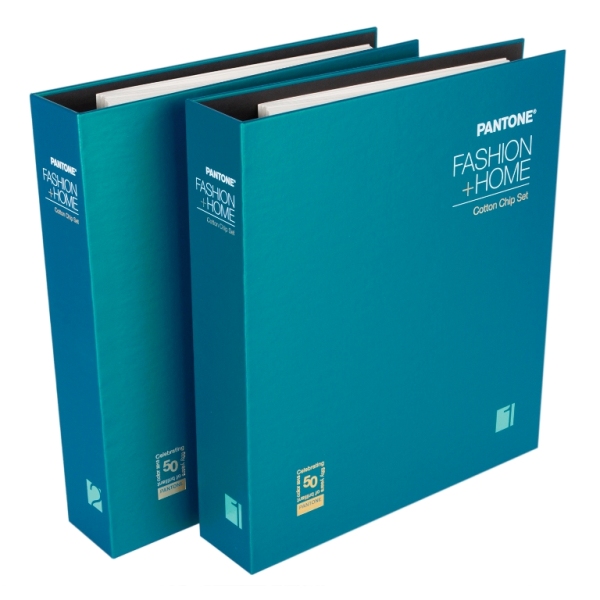GRS in Your Garments: The Gold Standard for Recycled Content and Responsible Production
As consumers, we're becoming more aware of the impact our clothing choices have on the planet. Labels like "recycled" are great, but how can you be sure the claims are legitimate and that the recycling process itself is environmentally and socially sound? That's where the Global Recycled Standard (GRS) comes in.
GRS stands for Global Recycled Standard.
Developed by Textile Exchange, the GRS is a comprehensive, voluntary international standard that goes beyond simply verifying recycled content. It addresses the entire supply chain, ensuring ethical and environmentally responsible practices from the recycled source all the way to the final product.
What Makes GRS So Comprehensive?
The GRS has four key pillars that make it a robust and respected standard in the sustainable textile industry:
Recycled Content Verification:
Products must contain a minimum of 20% recycled material (pre-consumer or post-consumer).
For products to be labeled "GRS," they must contain a minimum of 50% recycled content.
A robust chain of custody system tracks the recycled material from its origin (the recycler) through every stage of production, ensuring integrity and preventing contamination.
Environmental Requirements:
This is a major differentiator. GRS sets strict criteria for processing, including:
Chemical restrictions: Prohibiting the use of harmful chemicals.
Wastewater management: Requiring responsible treatment of effluent.
Energy and water consumption: Promoting efficient use and reduction.
Waste management: Encouraging recycling and proper disposal.
Social Requirements:
GRS includes criteria to ensure fair and safe working conditions throughout the supply chain, adhering to international labor standards. This includes:
Fair wages and working hours.
Prohibition of child labor and forced labor.
Safe and hygienic working environments.
Freedom of association and collective bargaining.
Traceability:
Like other Textile Exchange standards, GRS mandates a strong chain of custody. This means that every step, from the collection of recycled material to the finishing of the garment, is audited and certified by an independent third party.
GRS vs. RCS: Understanding the Difference
While both the GRS and RCS (Recycled Claim Standard) verify recycled content, the GRS is significantly more comprehensive.
RCS: Primarily focuses on verifying the amount of recycled content and its chain of custody. It does not include social or environmental processing requirements.
GRS: Verifies recycled content, but crucially, it also includes stringent environmental and social criteria for the processing of those materials.
Think of it this way: All GRS-certified products contain recycled content (like RCS), but only GRS-certified products guarantee responsible production practices throughout the supply chain.
Why Choose GRS-Certified Products?
Opting for garments with the GRS label means you're supporting:
Reduced Waste: Diverting waste from landfills and creating new products from existing resources.
Lower Environmental Impact: Encouraging sustainable manufacturing processes that minimize pollution and resource consumption.
Ethical Production: Ensuring that the people making your clothes are treated fairly and work in safe conditions.
Transparency and Trust: Knowing that the claims are independently verified and traceable.
The GRS label is a powerful tool for brands to demonstrate their commitment to sustainability and for consumers to make truly responsible choices. Next time you're shopping, keep an eye out for the GRS logo – it signifies a product that's good for the planet and good for the people who make it.
#GRSCertified#GlobalRecycledStandard#TextileExchange#SustainableFashion#RecycledContent#EthicalFashion#CircularEconomy#EcoFriendlyTextiles#ResponsibleProduction#GreenTextiles#SupplyChainTransparency#ConsciousConsumer#KnowYourStandards#RecycleResponsibly







